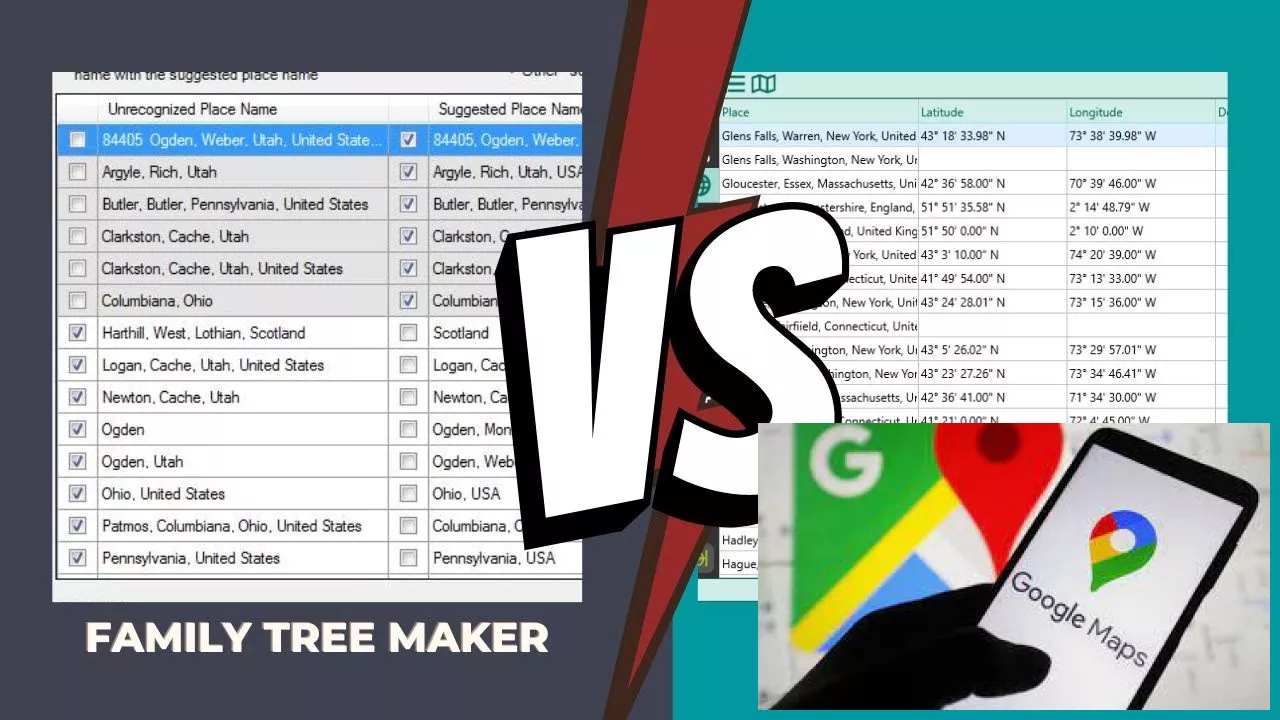Did you know that over 40% of Americans have attempted some form of family history research? Tracing your roots can be incredibly rewarding, revealing fascinating stories and connecting you to your past. This guide will empower you to embark on this exciting journey, showing you how to use easily accessible tools to visualize your family origins.
So, you want to start exploring your family history? But where do you begin with all these seemingly complex tools? This article will break down the process, making it accessible for everyone, regardless of their prior experience. We'll explore the ease and power of using digital genealogy tools, and even show you how to make it fun and engaging!
Here are three essential steps to get you started with digital genealogy:
- Gather Information: Collect all available family documents like birth certificates, marriage licenses, photos, and letters.
- Choose a Family Tree Mapping Tool: Explore various options – some are free, while others offer premium features.
- Start Building Your Tree: Begin inputting the information you've gathered, starting with yourself and working backward.
Comparing Family Tree Mapping Tools
Let's delve into a comparison of some popular family tree mapping tools. How do we choose the right one for our needs?
| Tool | Features | Price |
|---|---|---|
| FamilySearch | Extensive historical records, free access | Free |
| Ancestry | Huge database, advanced search features | Subscription |
| MyHeritage | DNA testing, extensive family tree features | Subscription |
Choosing the right tool depends on your budget and needs. Free options like FamilySearch are excellent starting points, while subscription services like Ancestry offer a wider range of records and features.
Ancestry and Google Maps: Visualizing Family Origins
One of the most exciting aspects of digital genealogy is the ability to visualize your family's journey. Imagine being able to see where your ancestors lived, worked, and thrived. Google Maps allows you to do just that. By inputting addresses from historical documents found through platforms like Ancestry, you can see the physical locations associated with your family's history. This allows you to visualize their journey through time and across different locations.
Step-by-Step Guide: Using Google Maps in Genealogy
The power of visual representation is undeniable. How can we leverage it to create a more immersive and compelling family history experience?
- Find addresses on historical documents.
- Input those addresses into Google Maps.
- Explore the area using Street View and historical imagery.
- Save the locations on a custom Google Map.
This process can transform dry historical facts into a living narrative. What might this uncover about your family's life in those places?
Integrating visual elements like Google Maps into your family history research not only enhances the experience but also helps bring your ancestors' stories to life. This creates a more engaging and fulfilling experience.
"The greatest gift you can give your children is the gift of their roots." - Author Unknown

